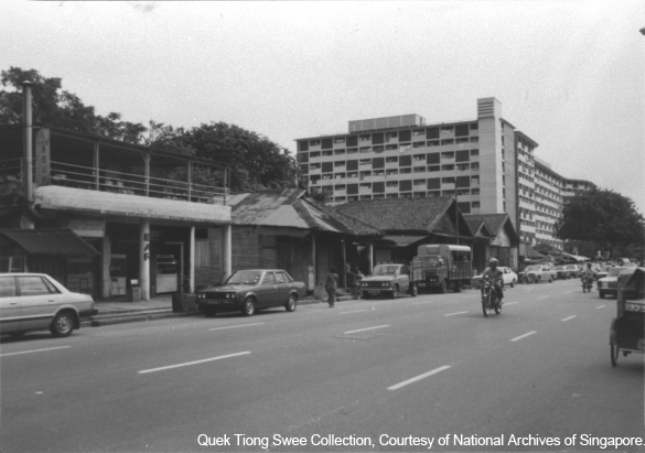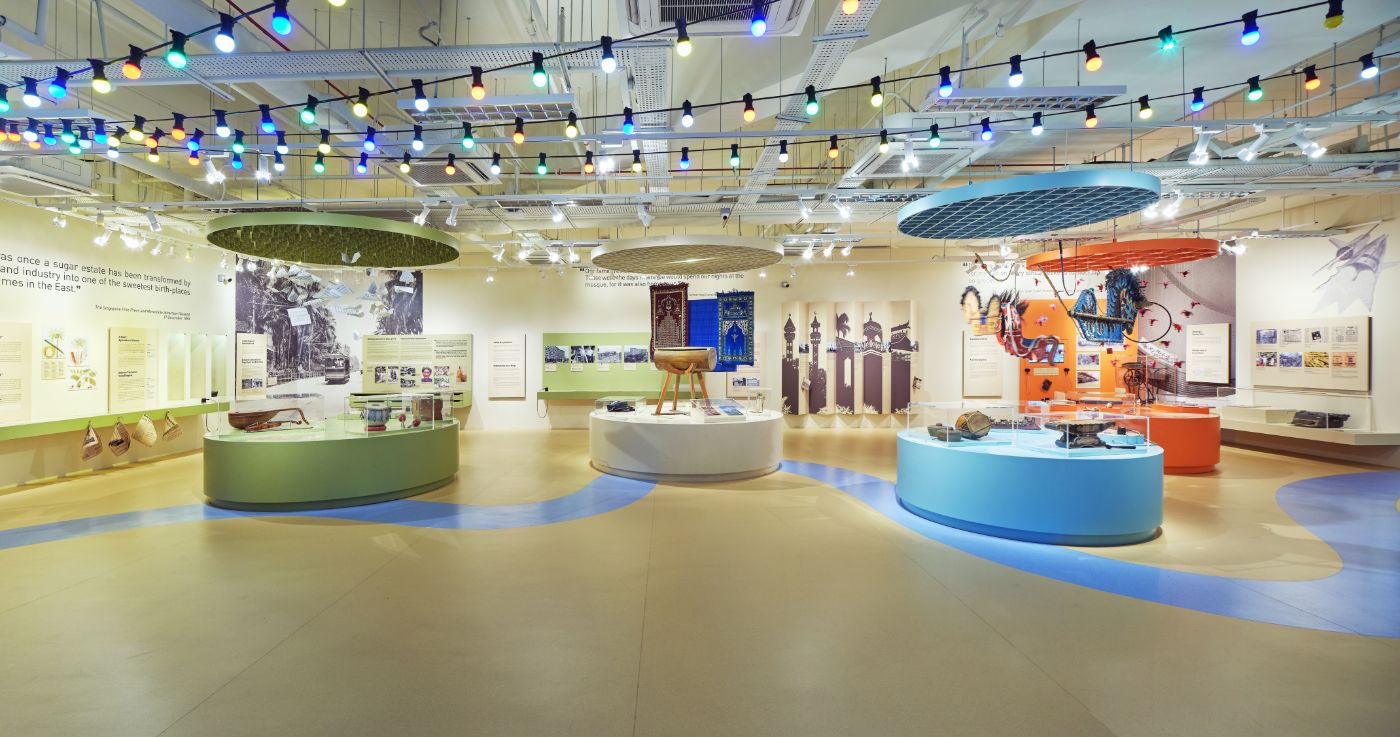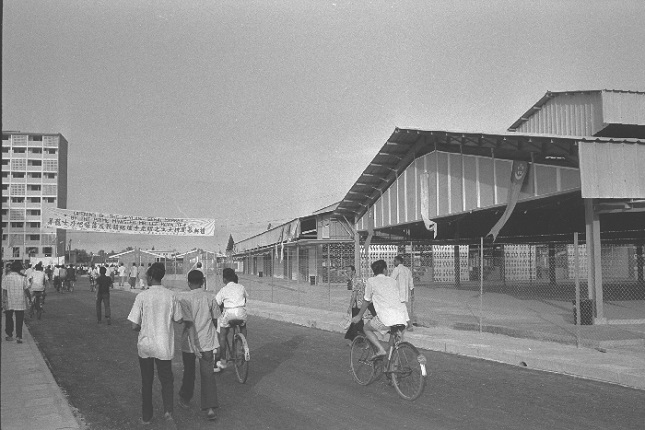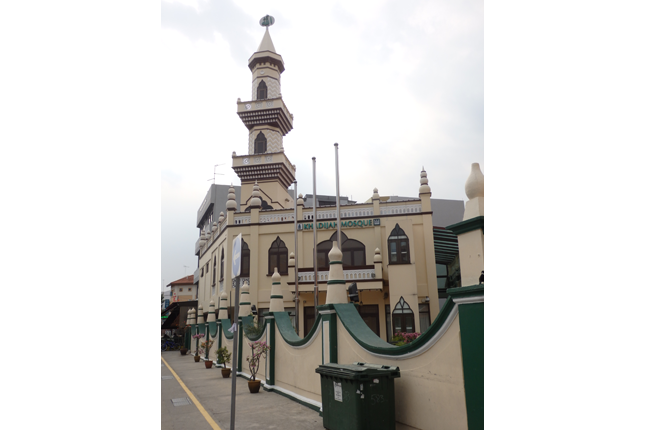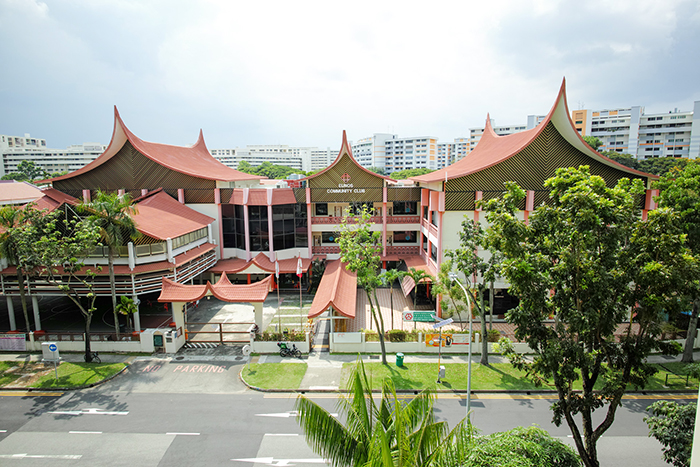Geylang Serai is the social centre of the Malays in Singapore. This once agricultural area was known for the fragrant lemon grass - Serai - grown as a cash crop by the Malays who were resettled from the Singapore River mouth in the 1840s. The name Geylang Serai is said to be derived from a lemon grass factory "Kilang Serai" located east of Kallang River.
As part of the nation-wide policy to provide public housing across the island, the development of Geylang Serai took place in three main phases from the 1960s to the 1980s. As in the case of other ethnic groups living in segregated settlements created by the British colonial authority, resettlement resulting from the urban renewal scheme in the early 1969s was perceived by sections of the Malay community as a threat to their established way of life. Despite the strong diverse sentiments fanned by communalists from outside Singapore and the resulting riots on 21 July 1964, Malays in Geylang Serai stood by their conviction towards multi-racialism. They responded well to the Goodwill Committees to restore racial Harmony. Many Malay families now live in the surrounding public housing estates in Marine Parade, Chai Chee, Geylang Bahru and Bedok.
Some of the street names in Geylang Serai such as Kampong Wak Tanjong, Lorong Enhku Aman, Jalan Afifi, Lorong Abu Kaseh, Jalan Alsagoff and Jalan Eunos were named after prominent community leaders. The Alsagoff family owned the estate on which serai was grown. Mohd Eunos bin Abdullah edited the first Malay Newspaper. The presence of mosques reflects the Malay-Muslim character of Geylang Serai. It has retained its unique character and continues to attract locals and tourists.




